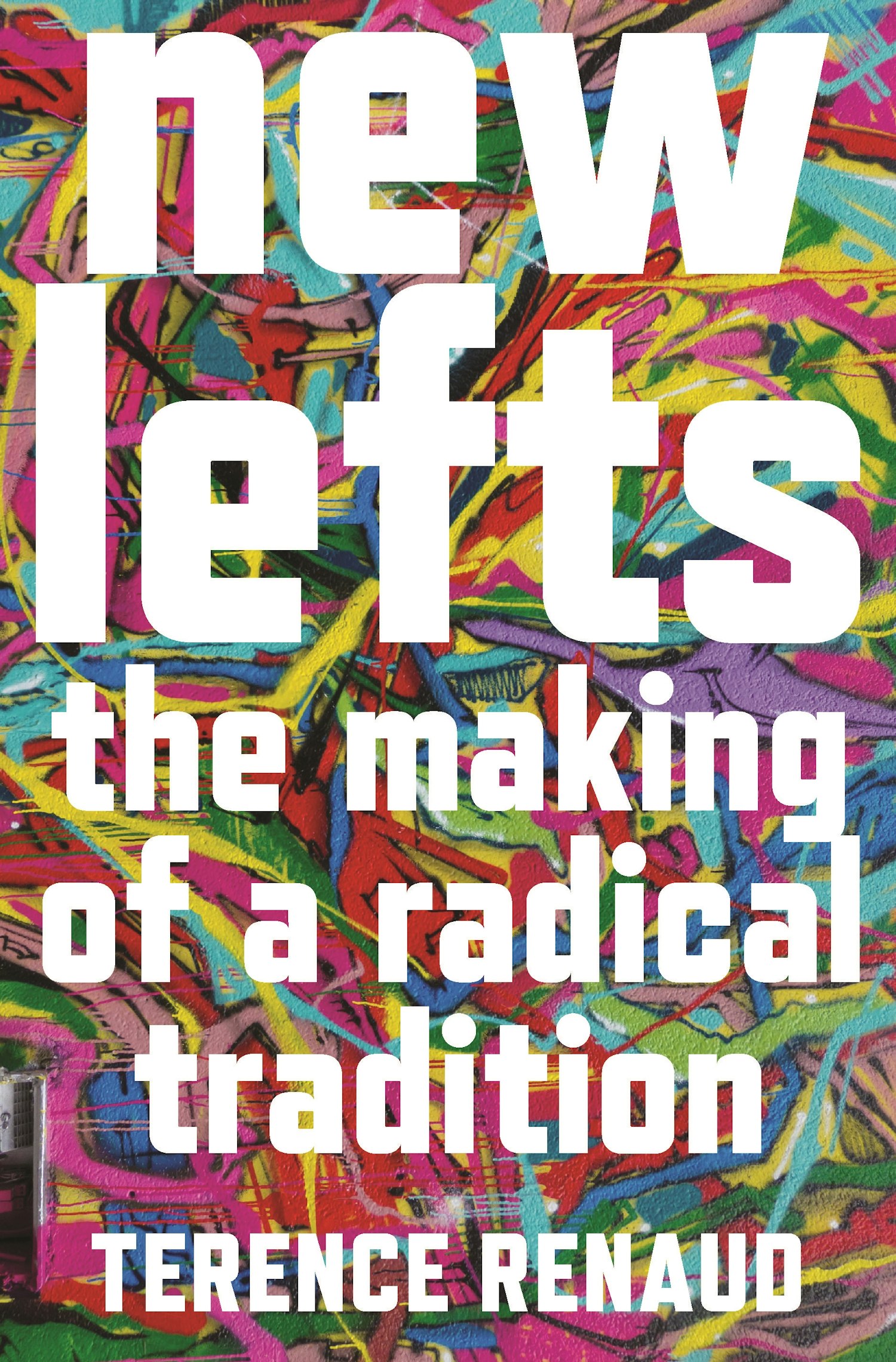Daniel Steinmetz-Jenkins: What do you see as the essential features of the New Left in thought and action? Said differently, what is it about the old left that gave rise to New Left reactions?
Terence Renaud: I define the New Left as an experiment in democratic organization that occurred on the margins of mass workers’ parties in the middle of Europe’s 20th century. Small groups of militants within the social democratic left and the communist left rebelled against what they considered authoritarian leadership or obsolete structures within their own parties and unions. They tended to dislike bureaucracy, hierarchical discipline, and institutional politics of any sort. Existing organizations of the left, they believed, had assimilated to the capitalist and imperialist system. In Germany, France, Spain, and elsewhere, these so-called neoleftists sought instead to create non-party forms of organization, such as councils, assemblies, and action committees. These new forms might achieve a radical break from the old forms of parliamentary socialism or vanguardism that had yielded defeat, fatal compromise, or, in the case of Stalinism, a revolution betrayed.
This organizational revolt repeated itself over several decades, so I prefer to speak of plural “new lefts” rather than the singular New Left that we typically associate with the 1960s. New lefts were ideologically diverse, but they shared a strategic commitment to opposing reactionary tendencies within the old left, while at the same time opposing capitalism and the reactionary politics of the right. New lefts were born out of crises of the old left, such as when the Nazis destroyed the German workers’ parties or when the Cold War ossified the politics of social democracy and communism. The distinctive markers of various new lefts were their preoccupation with radically democratic forms of organization, their struggle to sustain such forms over time, and their prefiguration of life in an emancipated society. Appearing as radical anti-fascism in the interwar years, left socialism after World War II, and anti-authoritarianism in the 1960s, each successive new left was a creative eruption that revived a moribund old left.
DSJ: Isn’t this just a recurring generational story that plays itself out on the left? Or is there something more to it?
TR: It is true that neoleftists were, for the most part, young militants who rebelled against older comrades in positions of leadership within social democratic or communist party organizations. But this conflict within the party reflected young leftists’ broader sense of resentment against the family, the school, the state, and any other institution that placed them in a subordinate position due to their age. Social structures exuded oldness as much as individual people.
